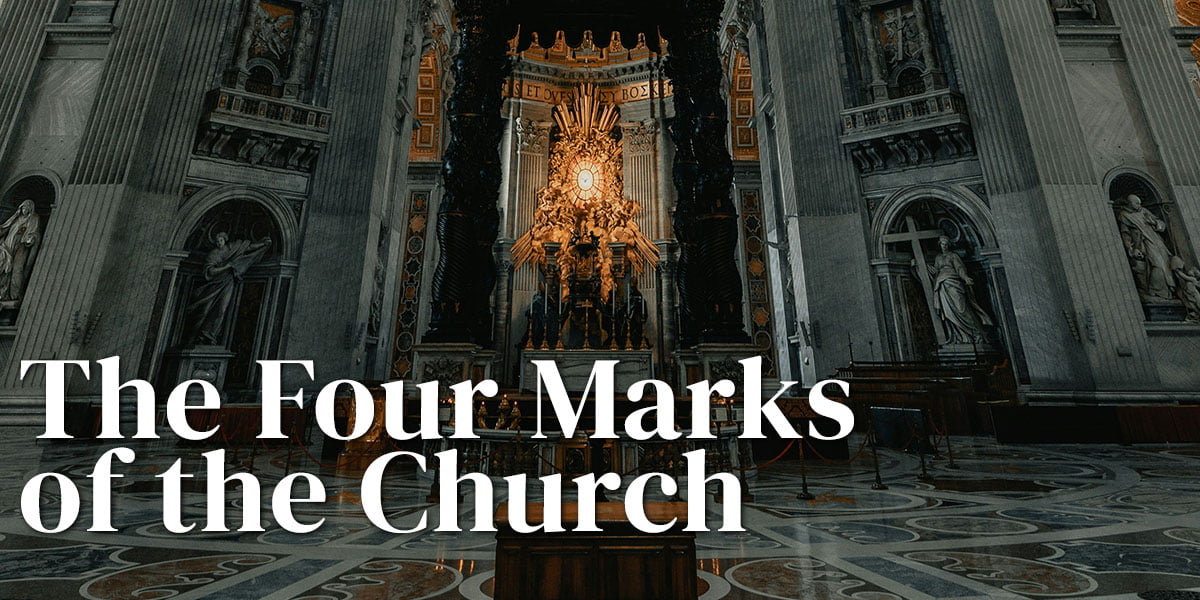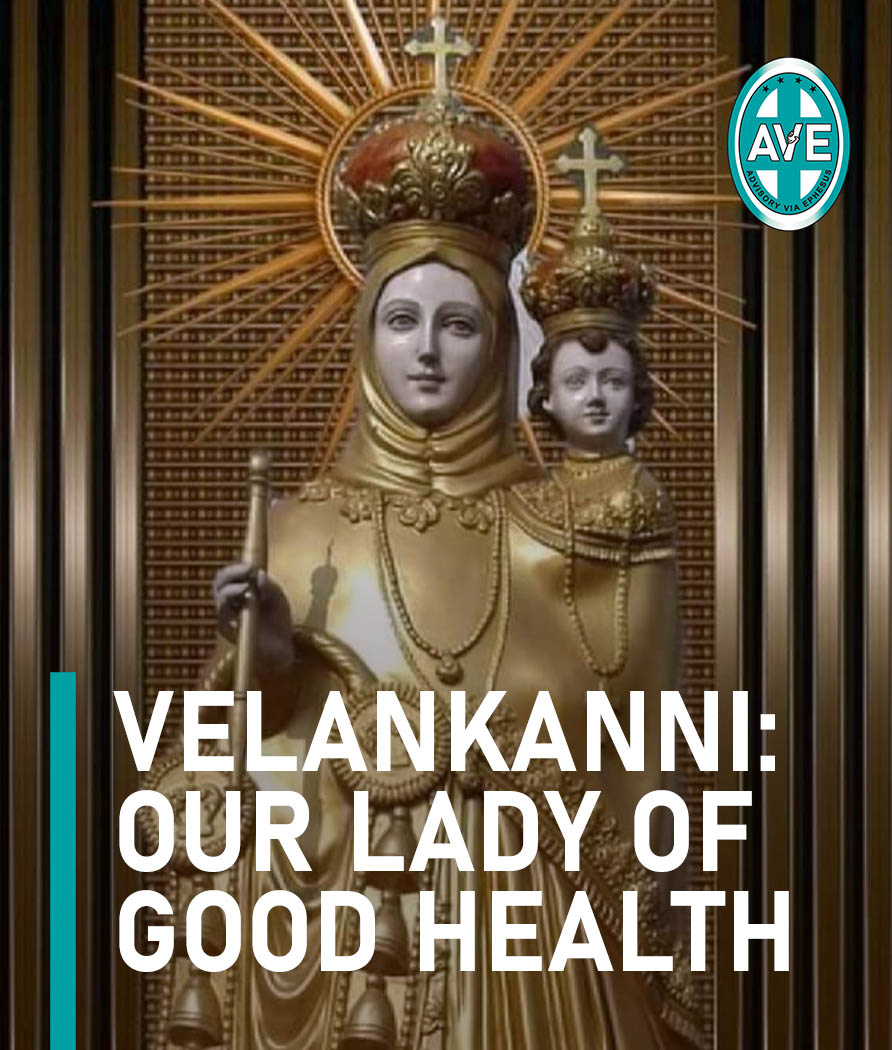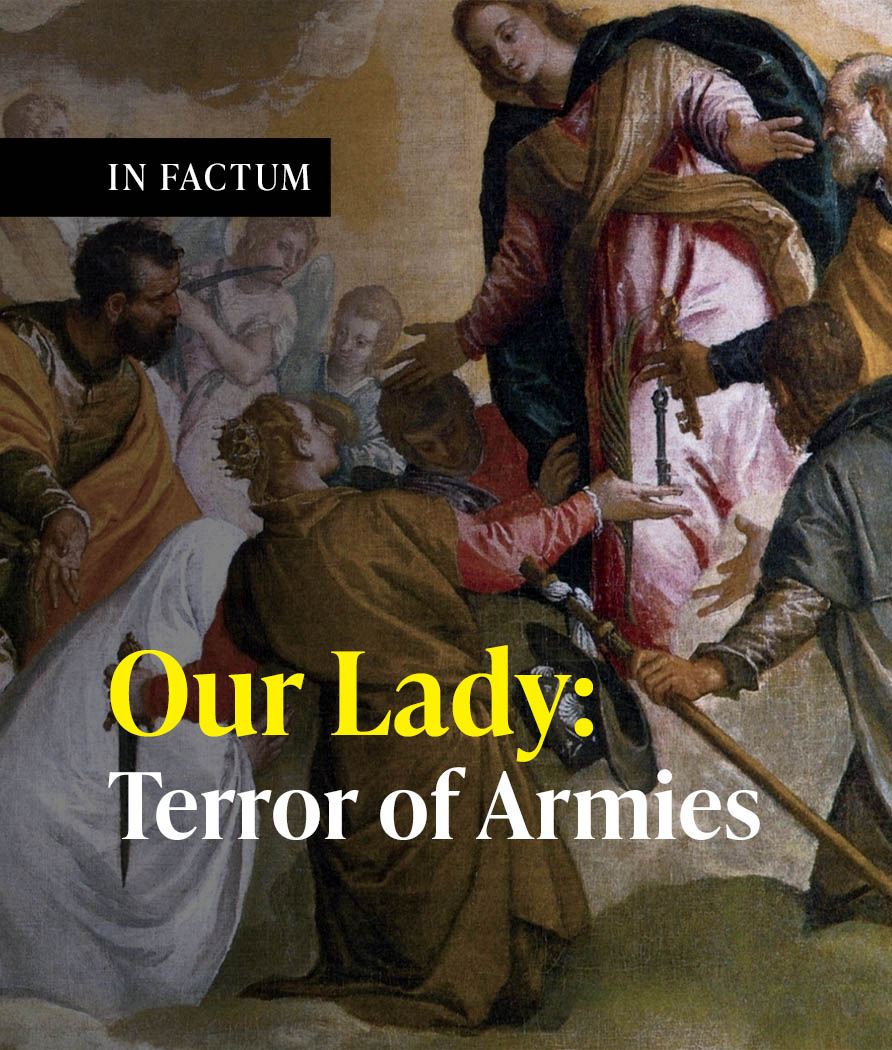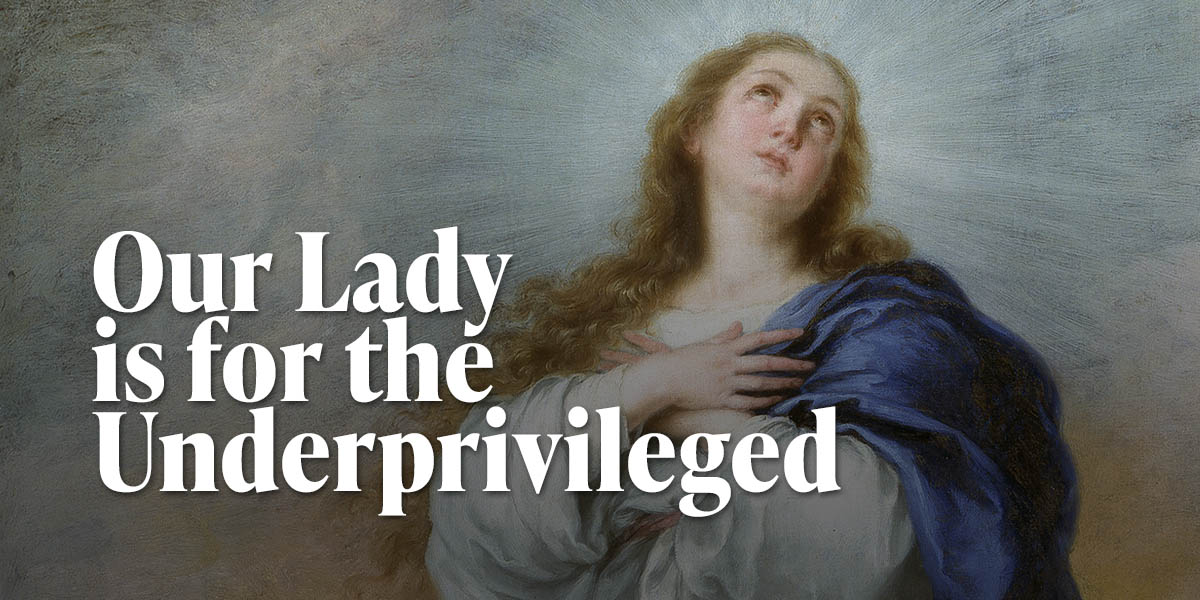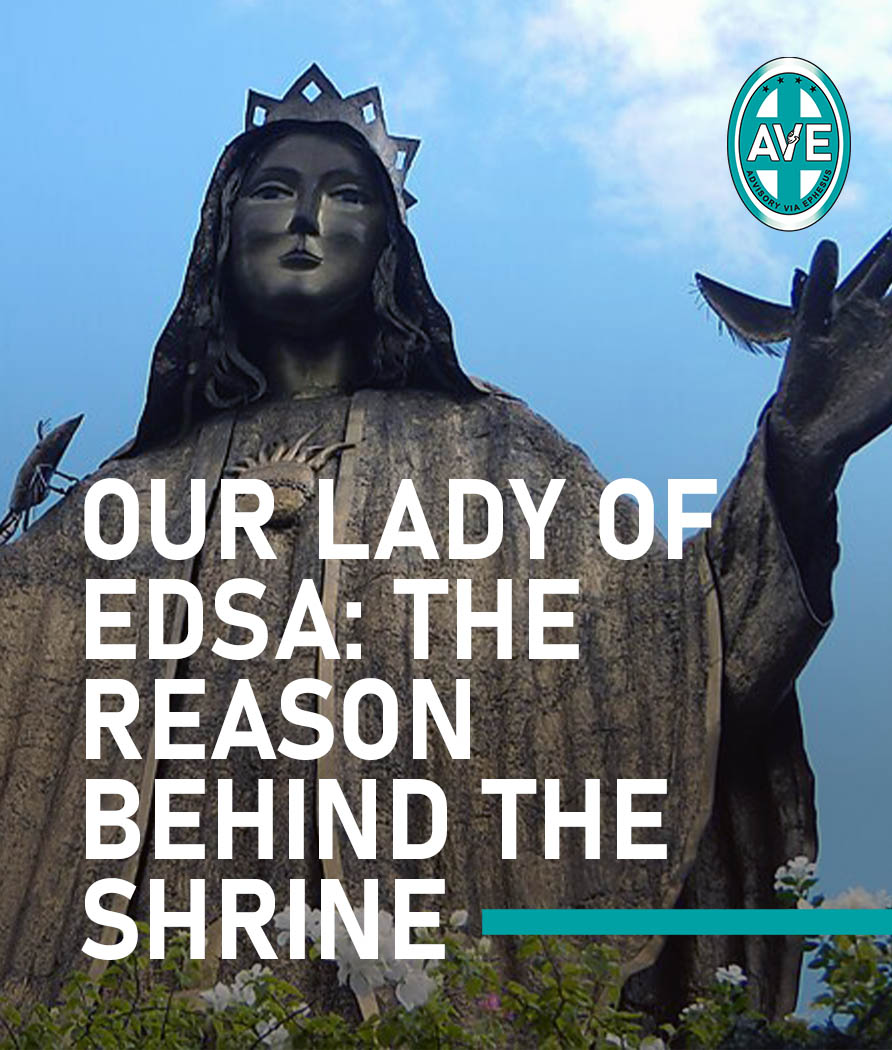The Traditional Latin Mass, often known as the Tridentine Mass, has recently been mentioned in the Catholic media. Some faithful, including young ones, learn about this Holy Mass and begin to attend it rather than the Mass that is currently generally observed, the Novus Ordo Mass. It was then restricted by Pope Francis, which led to more disagreements between orthodox and modernist Catholics. With Sister Wilhelmina Lancaster’s newly discovered incorrupt body and her attendance at this Holy Mass, the Traditional Latin Mass becomes a major issue in both Catholic media and social media. We have recently been accustomed to hearing about Archbishop Marcel Lefebvre, Pope St. Pius X, and particularly Pope St. Pius V, who promulgated the Tridentine Mass by his Papal Bull, Quo Primum.





